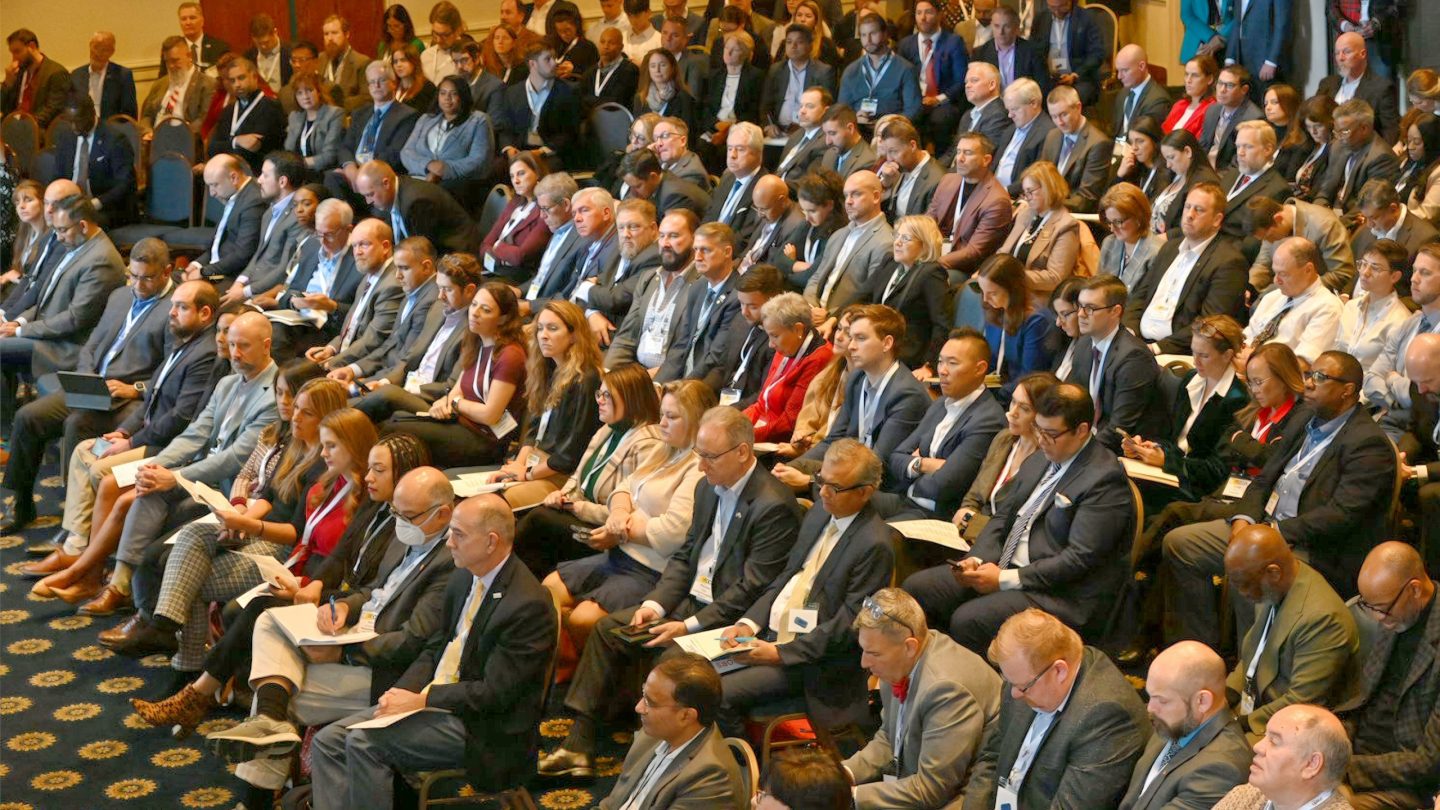Appears In
For many Veterans, caregivers, and VA staff, accessing information on digital platforms can sometimes come with a host of frustrating challenges, from navigating webpages to finding contact information for facilities or clinicians. For people with visual or other physical impairments, these digital platforms can present extra hurdles — small font sizes, difficult-to-distinguish colors, or missing or incorrect labels on buttons or links are a discouraging reminder that accessibility is often an afterthought.
The Department of Veterans Affairs (VA) Office of Information and Technology (OIT) is taking action to change that, one website, one document, and one city at a time.
“There were conversations about how few Veterans are aware of VA applications—even some staff are unaware,” said Chet Frith, a Senior Advisor in the Section 508 Compliance Directorate, discussing a recent encounter with a Veteran at the Washington, D.C. VA Medical Center. “We need to look at the way we market when a change is made to an app. A Veteran remembered the old app that didn’t have a lot of features and was difficult to navigate. So, we sat down, helped him register for it, and he said, ‘Oh my goodness, I’m sharing this with everybody.’ He was amazed at what you could get.”
Over the last year, OIT’s Section 508 Compliance Directorate has educated VA organizations on how to make information more accessible on digital platforms. In addition to working with organizations inside the Department, the Section 508 Directorate is working with various non-governmental organizations to learn about how best to improve accessibility at VA.
“This started on a recommendation from Senator Casey,” Mr. Frith noted. “For example, the Bazelon Center for Mental Health… they were discussing plain language and making sure that what’s being posted on websites can be understood by all. The National Association of the Deaf was very interested in making sure sign language interpreters were available for patients at VA for mental health and telehealth appointments.”
Based on these meetings with NGOs, VA has implemented several changes, including using recommended platforms for virtual meetings and utilizing the Federal CIO Council’s upcoming Accessibility Community of Practice to share information across federal agencies.
The outreach efforts don’t stop there—the Section 508 Directorate has hit the road in recent weeks to host a Section 508 Roadshow at various VA medical centers. The tour kicked off in Washington, D.C. in April, with additional trips planned for Augusta, Georgia, and San Antonio, Texas. These events allow employees to gain ownership of creating accessible content and view accessibility through the lens of individuals with disabilities so OIT can apply best practices to their day-to-day content development. Through these events, the Section 508 team can interact with VA stakeholders and Veterans to understand gaps in accessibility and strategize solutions to meet the needs of all users.
“We chose these locations because we were looking for facilities that had multiple specialties, like blind rehab clinics, audiology clinics, polytrauma, and mental health. We wanted to spread across the country to get different perspectives,” Mr. Frith said. “We’re looking for both large and small [facilities] because the impact is different.”
While accessible products make a remarkable difference in the lives of Veterans, they also make a difference for some of OIT’s own employees. Christina Weymouth, an IT Specialist on the Section 508 Directorate team, is blind and is passionate about finding accessibility solutions for Veterans.
“My entire life I’ve been blind,” she shared. “I thought I could help employees that have a hard time. I can help Veterans who are just trying to get their benefits from VA and going back into civilian life is already throwing them for a loop.”
In her daily work, Ms. Weymouth works with project teams across various workstreams, particularly the e-learning category, or how VA approached education for employees across events and programs. She also regularly discusses the intricacies of Section 508 Accessibility audits with these product teams, emphasizing the critical points to address before other issues can be fixed.
“We see more work coming in in general because 508 [compliance] is getting more attention. Leadership has taken a massive interest in our operations,” she said. “It’s having effects across the board, so now there’s [things like] alt text where there didn’t used to be, which is really nice from my point of view!”
“We need a heart change, a mind change, and that will be what makes the work change,” she continued. “If [people] see how it can impact real people all the time, I think it will turn their mind space to where it needs to go.” VA’s efforts to improve accessibility are ongoing. To learn more about incorporating accessibility best practices into your work, visit OIT’s Accessibility Guide.






